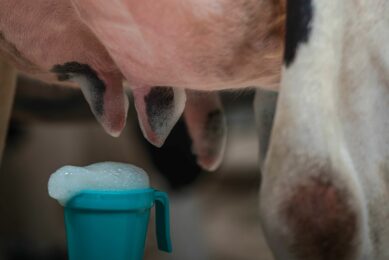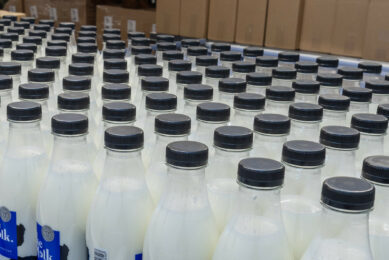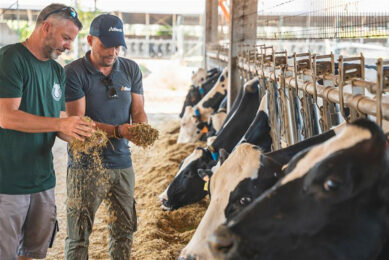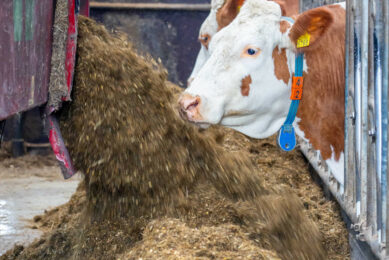Dairy Global 5: Feed strategies and key parlour decisions

The latest edition of Dairy Global looks at the decisions to consider when installing a new milking parlour, fighting mastitis with nutrition, and latest robotic milkers.
Reaping the rewards of robotic milking
Although there is a wide range in performance between farms, the average dairy farm in Australia has the potential to increase its number of cows by up to 60% by using an automatic milking system (AMS). However, farmers will need the right tools and resources to make their robotic system successful, says Dr Nicolas Lyons, project leader of the Milking Edge project. Page 7
View Dairy Global’s digital magazine here

Spain’s dairy industry – an inside view
When we think of Spain, we probably think of paella, flamenco, bullfighting and a lot of sunshine. It’s no wonder the Spanish tourism sector represents 12% of the country’s GDP, whereas the agriculture, livestock, silviculture and fishing sector barely represent 2.6%. However, the dairy industry is one of the most important in Spanish agri-business, which has a turnover of around € 13 billion a year, creating more than 60,000 direct jobs. Page 10

Automatic feeding doesn’t just save on labour
When the Groot Roessink family’s cows return to the barn after a morning of grazing, a tailor-made ration is waiting for them. The cows have been fed automatically with the Lely Vector since the beginning of the year. Page 13
View Dairy Global’s digital magazine here

Canada’s supply management system: A hot topic
Canada’s supply management system has been a talking point for as long as it has existed. Understandably, trade partners want it dismantled, but you would be hard-pressed to find a Canadian dairy farmer who will speak against the system. But is the Canadian dairy industry competitive and sustainable? The recent report Supply Management 2.0 suggests it is not. Page 16

Parlour preparation: Which decisions matter?
Thinking of installing or upgrading a new milking parlour can be a task in its own right. There are many decisions to make when preparing for this, and farmers have to consider the right options that will work for them now as well as in the years to come. Page 19
View Dairy Global’s digital magazine here
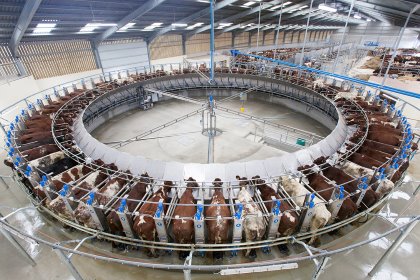
Fighting mastitis with feed strategies
Mastitis causes economic loss due to treatment costs, lost quarters, potential animal deaths and, most importantly, discarded milk. Management strategies can have a large impact on the prevention of mastitis. However, there is growing evidence that nutrition can have significant effects on the immune system, thereby affecting infection rate and severity of mastitis. Page 22

Robotic milkers: Where we are and where we’re going
The latest updates on features and capabilities in current models of robotic milkers as well as speculation on system designs of the future. Because they are reliable, promote excellent cow care and allow farmers to do other farm or off-farm work instead of milking, it’s expected that use of robotic milkers will continue to grow on farms in the developed world in 2021 and beyond. Page 24

Join 13,000+ subscribers
Subscribe to our newsletter to stay updated about all the need-to-know content in the dairy sector, two times a week.



